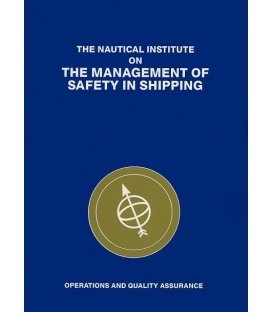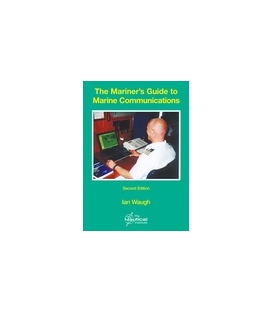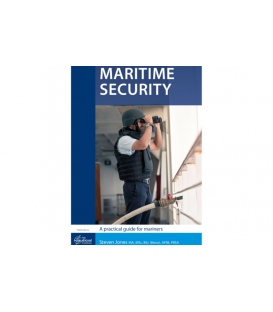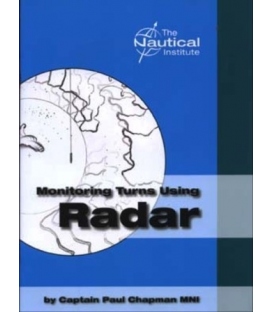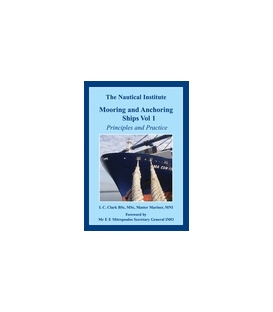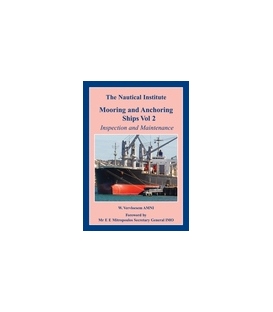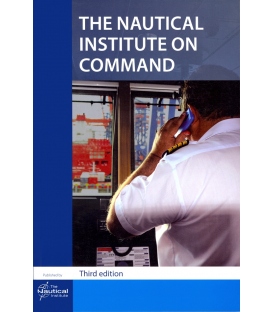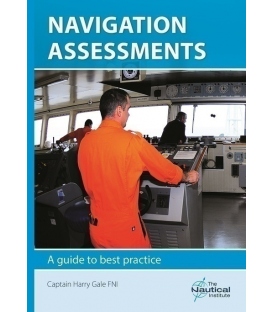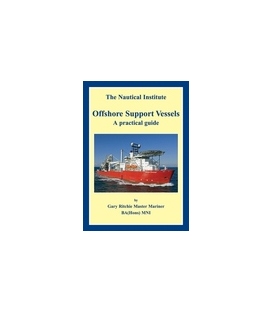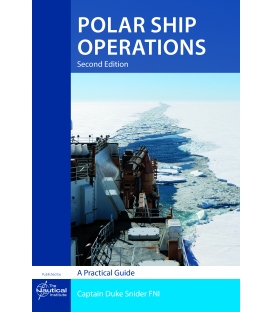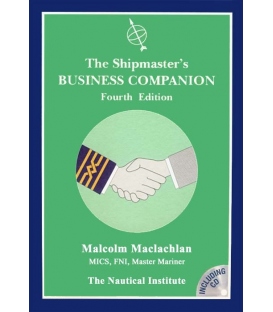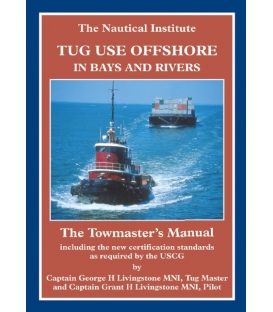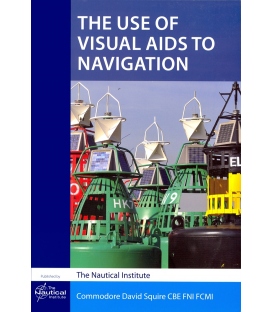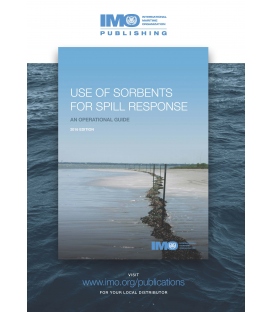- Home
- >
- Nautical Books
- >
- By Publisher
- >
- Nautical Institute
- >
- Managing Collision Avoidance At Sea
Categories
- CLEARANCE
- New Editions
- Nautical Charts
- Nautical Books
- E-Readers & E-Books
- Occupational Safety & Health Administration (OSHA)
- Destinations
- Code of Federal Regulations (CFR)
- USCG Exam Study Materials
- International Maritime Org. (IMO)
- Sealite Aids to Marine Navigation
- Flags
- Digital Charts
- Nautical Software
- Marine Supplies
- Navigation Equipment
- Intracoastal Waterway
- Ocean Cruising
- Great Circle Route
- Gift Shop
- CLEARANCE
- New Editions
- Nautical Charts
- Nautical Books
- E-Readers & E-Books
- Occupational Safety & Health Administration (OSHA)
- Destinations
- Code of Federal Regulations (CFR)
- USCG Exam Study Materials
- International Maritime Org. (IMO)
- Sealite Aids to Marine Navigation
- Flags
- Digital Charts
- Nautical Software
- Marine Supplies
- Navigation Equipment
- Intracoastal Waterway
- Ocean Cruising
- Great Circle Route
- Gift Shop
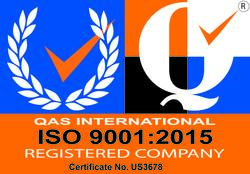

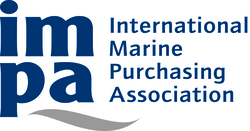
Sign up for our Newsletter
NIMCAAS
New product
Published: 2007
ISBN :978 1 870077 86 6
Managing Collision Avoidance At Sea
When writing the foreword to this book Dr YF Chang, Chairman the Evergreen Group, observed that after a long period of improvement, statistics demonstrate that collisions are now on the increase. Furthermore the consequences are significantly greater as large ships are more interdependent in transport systems and the penalties for pollution have become much more severe. He points out that, while shipping is competitive, collision avoidance is a cooperative responsibility and all parties both ashore and afloat must work together to seek improvement. The book sets out to achieve that aim and the first chapter examines the role of governments, training centers and shipping managements in defining policies, setting standards, and managing this aspect of ship operations. A section is devoted to analyzing incidents and near misses to establish whether changes to planning, procedures or methods of execution need to be addressed. The authority to navigate safely is invested in the Master and in turn the Master delegates responsibility to the Officer of the Watch. After wide consultation, the authors have produced examples and notes on best practice. Two areas that are covered in detail are keeping a proper lookout and the use of VHF. The publication is not a text book on the COLREGS, such books exist already, but there is a major chapter covering this subject from the point of view of situations which can be ambiguous and difficult to resolve. Specifically advice is given on how to assess the point of no return when a give way vessel fails to do so. Overtaking and meeting are covered and there is a major section on how to manage multiple ship encounters. The implications of dividing the Rules into actions for clear and reduced visibility and the use of radar and ARPA receive extensive coverage. The book is well illustrated and enhanced by case studies taken from incidents and MARS reports. The final chapter reinforces the point that collision avoidance is a communal responsibility and shared by all parties ashore and afloat. The aim is to improve the practice of good seamanship. This book is authored jointly by Captain Gilbert Lee, MNI, from Taiwan and Mr. Julian Parker, OBE, FNI of the Nautical Institute.
Reviews
30 other products in the same category:
Customers who bought this product also bought:
- About Us
- Our Services
- Ordering & Shipping
- Resource Links
- Blog
- CLEARANCE
- New Editions
- Nautical Charts
- Nautical Books
- E-Readers & E-Books
- Occupational Safety & Health Administration (OSHA)
- Destinations
- Code of Federal Regulations (CFR)
- USCG Exam Study Materials
- International Maritime Org. (IMO)
- Sealite Aids to Marine Navigation
- Flags
- Digital Charts
- Nautical Software
- Marine Supplies
- Navigation Equipment
- Intracoastal Waterway
- Ocean Cruising
- Great Circle Route
- Gift Shop
Maryland Nautical uses cookies to enhance your e-commerce experience. To view more information about our cookie use, click here to view our Privacy Policy.

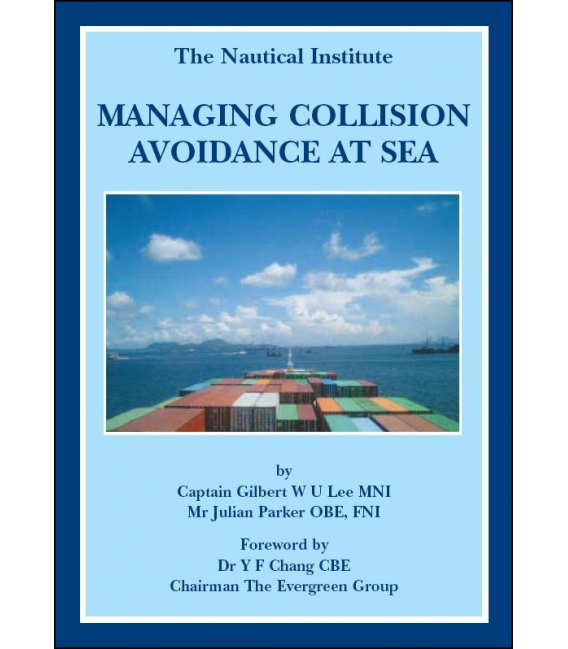

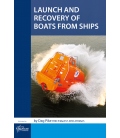


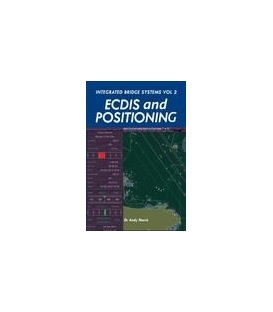
![Integrated Bridge Systems Vol 1 & 2 - Set [Radar & AIS (2008) & ECDIS & Positioning (2010)]](https://mdnautical.com/37997-home_default/integrated-bridge-systems-vol-1-2-set-radar-ais-2008-ecdis-positioning-2010-.jpg)

